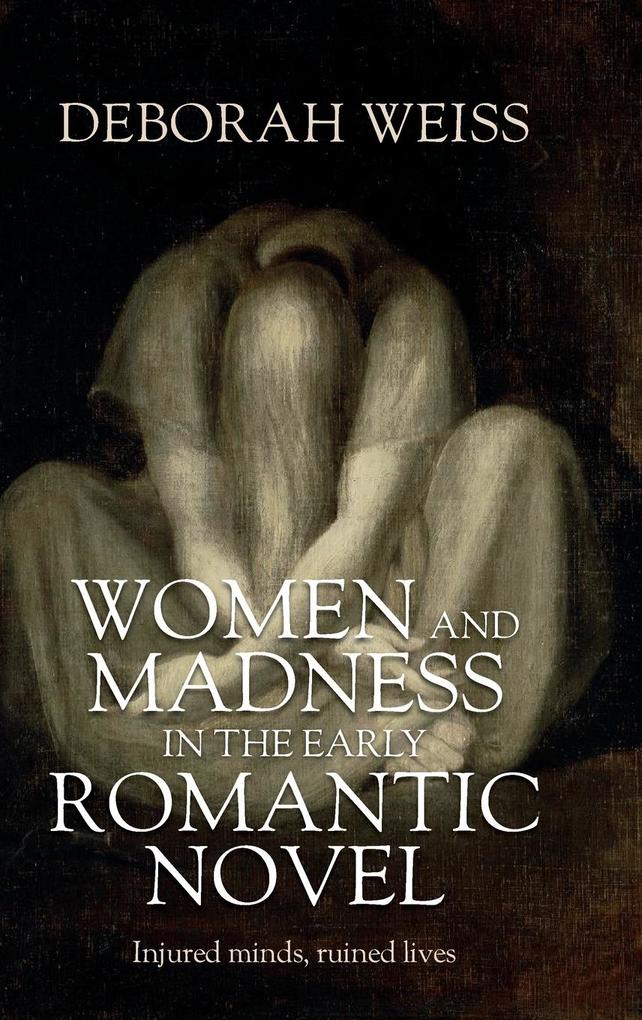
Zustellung: Sa, 12.07. - Mi, 16.07.
Versand in 7 Tagen
VersandkostenfreiBestellen & in Filiale abholen:
This book argues that early Romantic-Period women novelists used female madness to critique patriarchal structures of control and to revise misogynistic medical and popular sentimental models that blamed inherent female weakness and the aberrant female body for women's mental and emotional afflictions.
Produktdetails
Erscheinungsdatum
19. November 2024
Sprache
englisch
Seitenanzahl
248
Autor/Autorin
Deborah Weiss
Verlag/Hersteller
Produktart
gebunden
Gewicht
540 g
Größe (L/B/H)
240/161/18 mm
ISBN
9781526175717
Entdecken Sie mehr
Bewertungen
0 Bewertungen
Es wurden noch keine Bewertungen abgegeben. Schreiben Sie die erste Bewertung zu "Women and madness in the early Romantic novel" und helfen Sie damit anderen bei der Kaufentscheidung.










